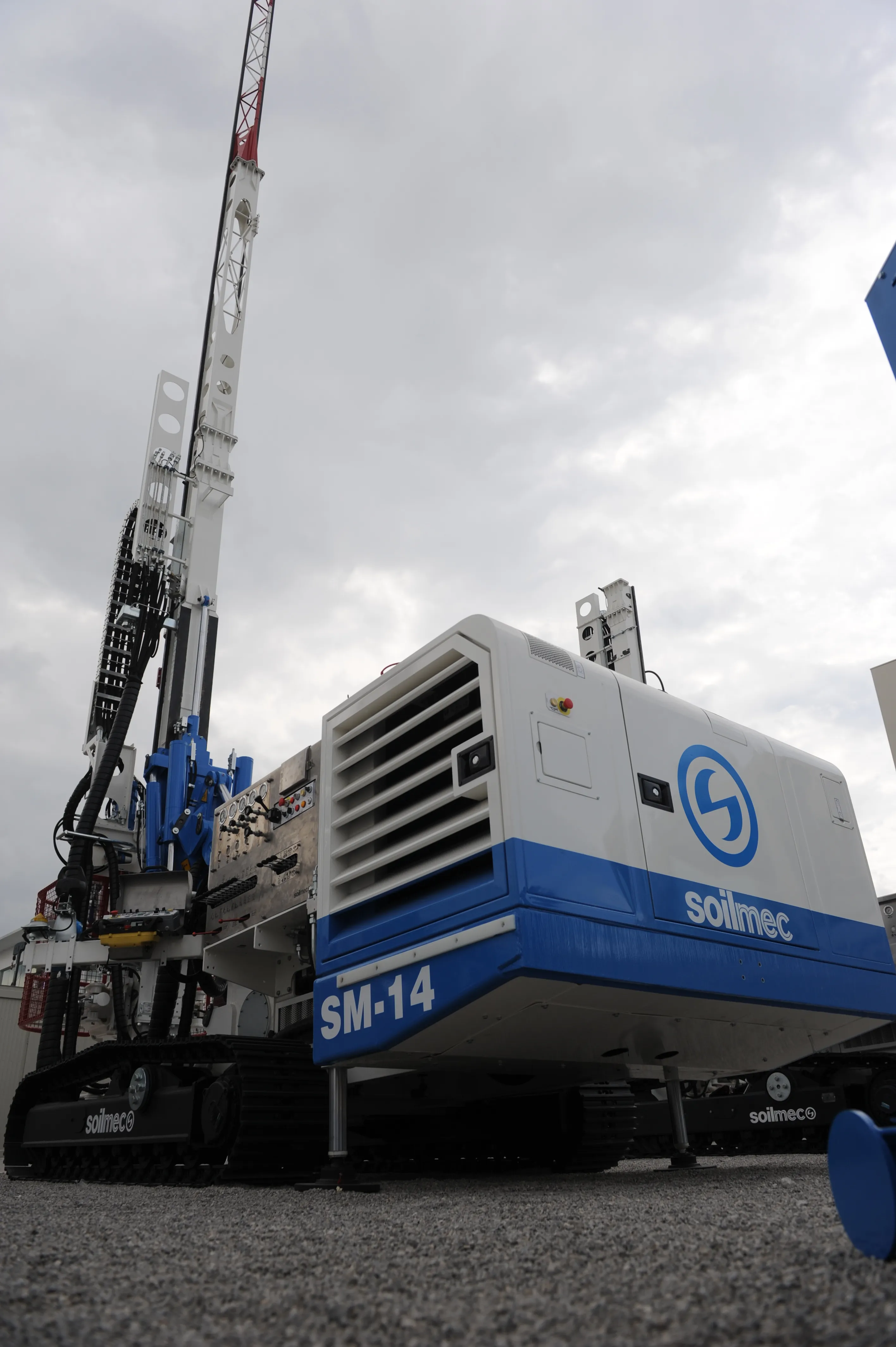New data released by the
The new data, published in FHWA’s latest “Traffic Volume Trends” report – a monthly estimate of US road travel – show that more than 448.4 billion km were driven in June 2017 alone, which is 5.4 billion km more than the previous June. The increase in driving over the first half of the year highlights the growing demands challenging the nation’s roads, and reaffirms the importance of improving US transport infrastructure.
The June 2017 report also includes %$Linker:
In June, US drivers increased total mileage among all five regions of the United States. At 2.2%, traffic in the West – a 13-state region stretching from California to Montana, and including Hawaii and Alaska – led the nation with largest percentage increase in unadjusted distance travelled.
At 0.5%, the North Central region – a 12-state area stretching from North Dakota to Ohio – had the smallest percentage increase in unadjusted VMT for the month.
At 3.5%, Oklahoma led the nation with the largest unadjusted single-state traffic increase compared to the same month a year earlier, followed by Nevada and Kansas at 3.4% and 3.3% respectively. At 2.3%, Michigan had the nation’s largest unadjusted traffic decrease for the month.
To review the VMT data in FHWA's "%$Linker:
US driving distances see continued increase
New data released by the US Department of Transportation’s (USDOT) Federal Highway Administration (FHWA) shows that US driving topped 2.53 trillion kilometres in the first six months of 2017. This continues a streak of steadily increasing vehicle distances travelled that began in 2011.
September 6, 2017
Read time: 2 mins








